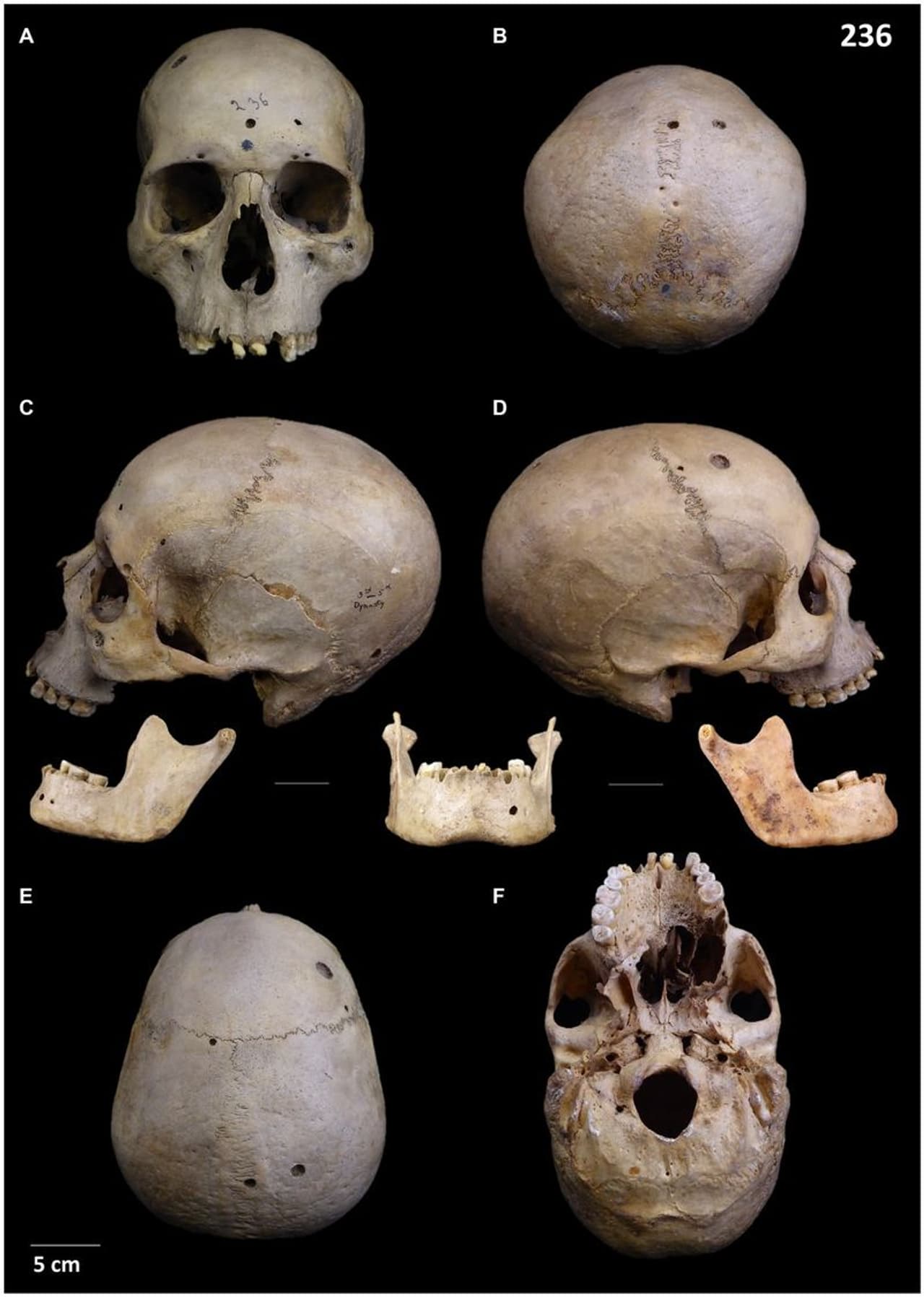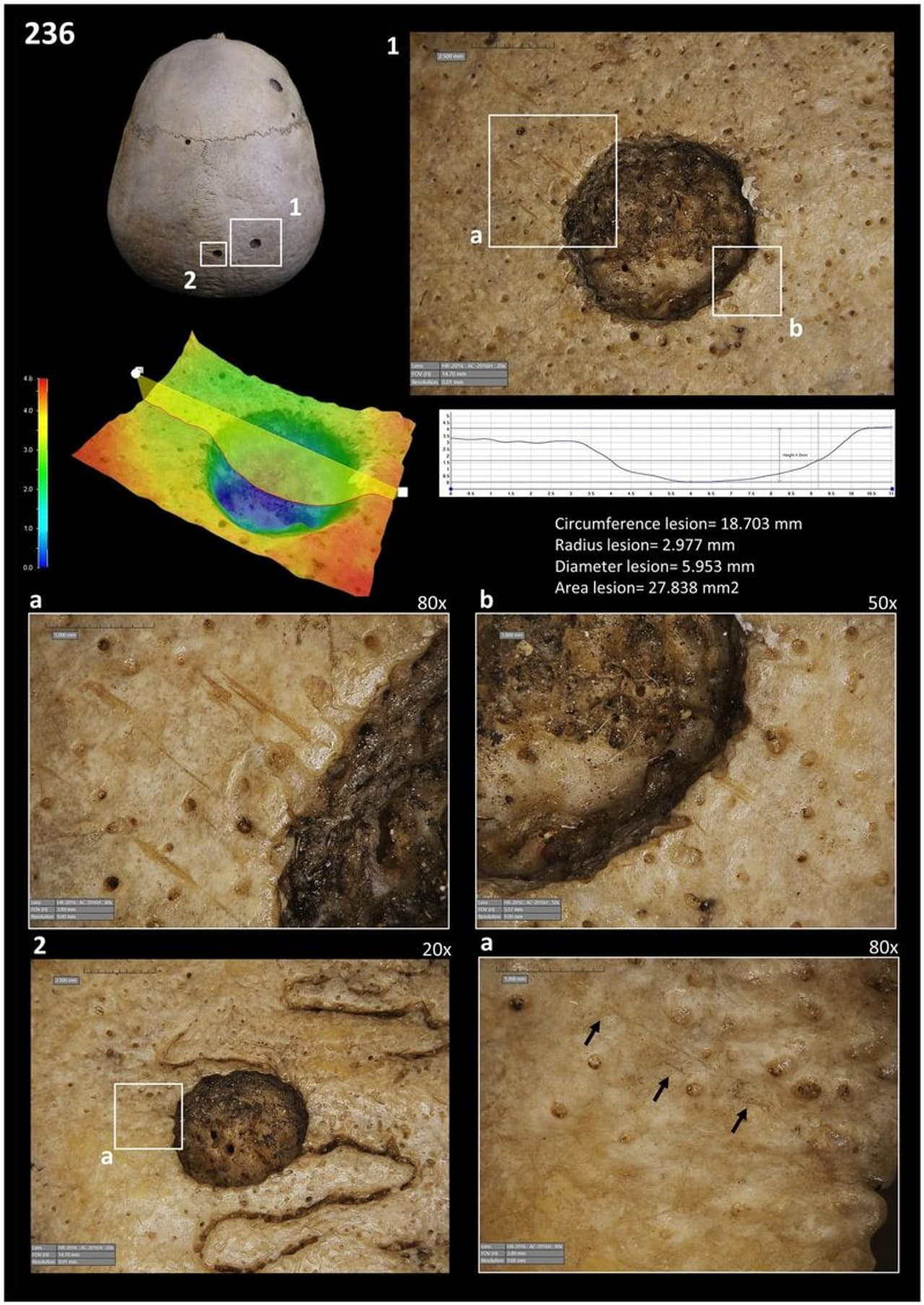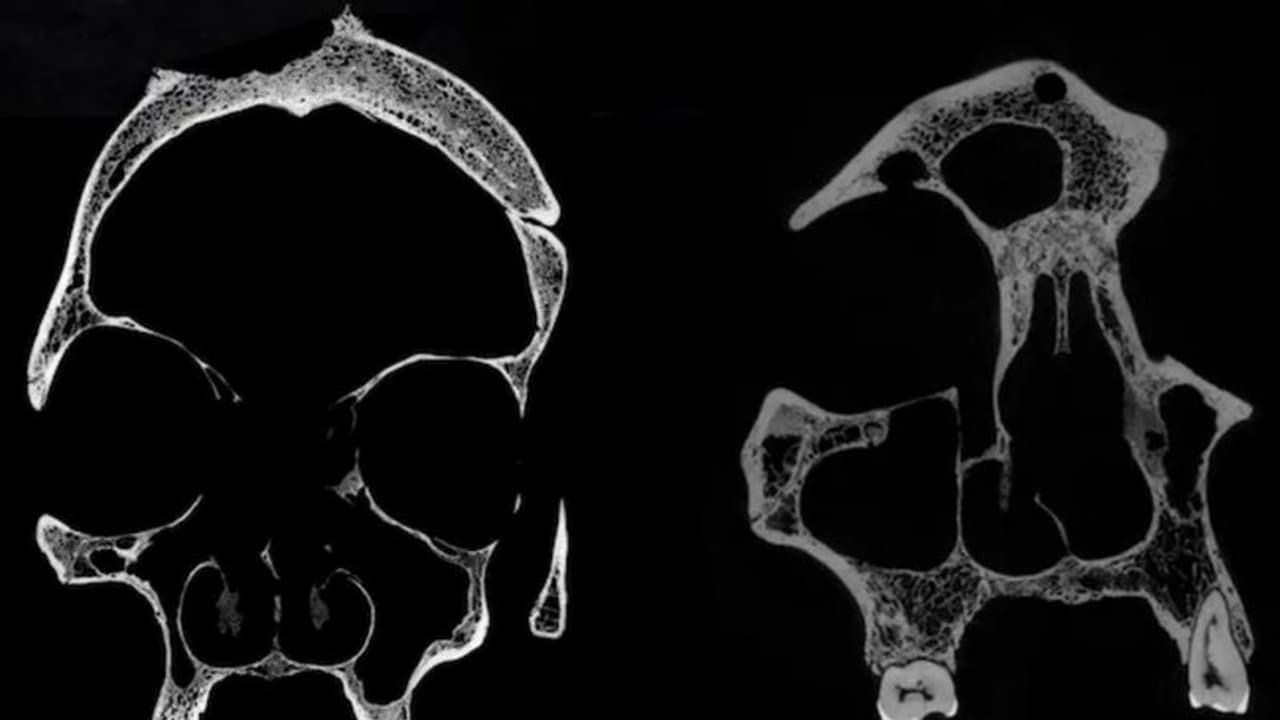A study on two 4,000-year-old skulls has unveiled that ancient Egyptians made attempts to address excessive tissue growth or gain insights into cancerous disorders following a patient's death.
A study on two 4,000-year-old skulls has unveiled that ancient Egyptians made attempts to address excessive tissue growth or gain insights into cancerous disorders following a patient's death.

Renowned for their status as one of the earliest civilizations, ancient Egyptians have a history of recognizing, describing, and treating diseases and traumatic injuries. They were also adept at crafting prostheses and applying dental fillings.
In a bid to delve deeper into their medical expertise, an international research team examined two ancient human skulls, one male and one female, each dating back thousands of years.

The analysis of cut marks on the skulls provided insights into the extent of traumatological and oncological treatments practiced by ancient Egyptians, as detailed in the paper published in the journal Frontiers in Medicine.
According to Edgard Camaros, a paleopathologist at the University of Santiago de Compostela in Spain, this discovery represents "unique and extraordinary" evidence of how ancient Egyptian medicine may have attempted to address or investigate cancer over 4,000 years ago.
The two skulls, named Skull and Mandible 236, dating from between 2687 and 2345 BCE, belonged to a male individual aged 30 to 35, while Skull E270, dating from between 663 and 343 BCE, belonged to a female individual who was older than 50 years.

Upon microscopic examination, skull 236 exhibited a large-sized lesion consistent with excessive tissue destruction, identified as a neoplasm. Additionally, approximately 30 small and round metastasized lesions were scattered across the skull, accompanied by cut marks likely inflicted by a sharp object such as a metal instrument.
"When we first observed the cut marks under the microscope, we could not believe what was in front of us," said Tatiana Tondini, a researcher at the University of Tubingen in Germany.


Examination of Skull E270 also revealed a significant lesion consistent with a cancerous tumor, resulting in bone destruction. Additionally, two lesions resulting from traumatic injuries were identified, indicating that they had undergone treatment.
"This may indicate that although today's lifestyle and cancer-causing substances in the environment increase cancer risk, it was also a common pathology in the past," the team said.
(Image courtesy: Frontiers in Medicine)
